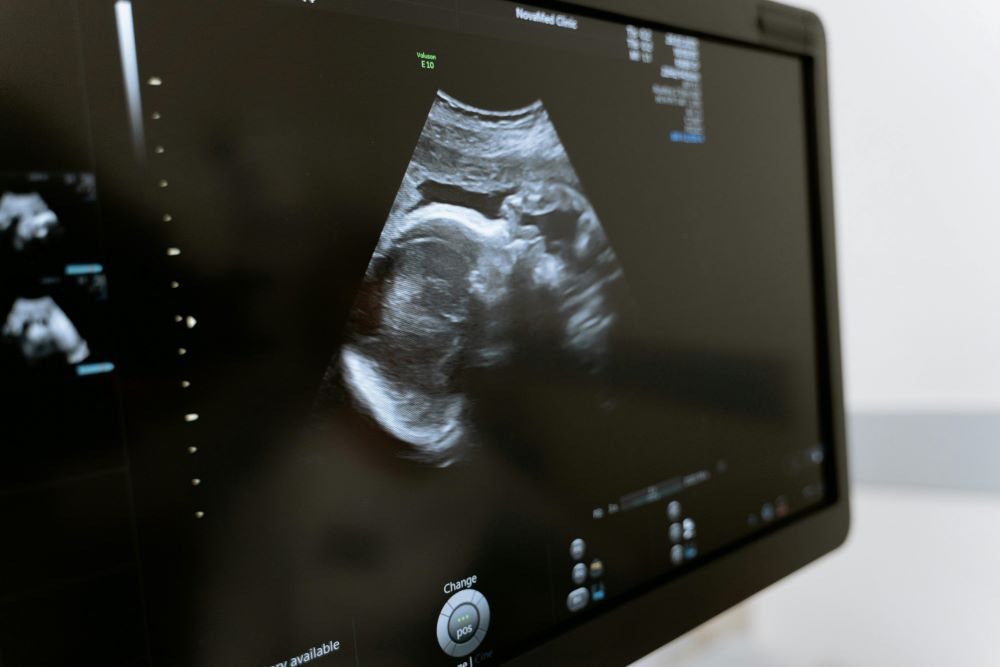Identifying these proteins could help prevent the condition in the future.
Preeclampsia, an often-dangerous complication in pregnancy, is particularly harmful when it appears in the early stages of carrying a child. While its primary symptom is persistent high blood pressure, severe cases can lead to maternal organ failure, low birth weight, and even maternal or fetal death. Early-onset preeclampsia, which occurs before the 34th week of pregnancy, poses greater risks, especially to the fetus. One of the most significant challenges in managing this condition is that healthcare providers have little to rely on in terms of early detection of the condition or understanding its root causes. It usually only becomes noticeable when serious symptoms begin to present, which limits timely intervention and treatment options.
However, scientists are now investigating the molecular mechanisms behind early-onset preeclampsia and have focused on specific proteins in the placenta that might help explain its development. In a study published in the Journal of Proteome Research, Jing Li and her team sought to identify proteins in the tissue of the placental tissue that could be linked to the condition. Their findings could open doors to new diagnostic tools and treatments.
The research involved collecting placental tissue samples from two groups of pregnant women: those diagnosed with early-onset preeclampsia and those with healthy pregnancies. Using advanced techniques like mass spectrometry, which identifies and measures molecular fragments, the researchers analyzed the protein composition in the samples. Initially, they identified 59 proteins that varied in their levels between the two groups, suggesting some sort of biological connection to the condition. The next step was to focus on the most relevant of these proteins by using a more precise mass spectrometry method. This deeper analysis revealed six proteins that showed marked differences in concentration between the preeclampsia ones and the healthy samples.

Three of the proteins—monocarboxylate transporter 4, ERO1-like protein alpha, and pappalysin-2—were found at higher levels in the preeclampsia samples. These proteins are associated with the synthesis of other proteins and the regulation of growth hormones, both of which are important for the proper development of the placenta and fetus. Their elevated levels in preeclampsia may suggest an overcompensation or dysfunction in the placenta that contributes to the onset of the condition.
On the other hand, three proteins—desmin, caldesmon, and keratin 18—were found at lower levels in the preeclampsia samples. These proteins are central to maintaining cardiovascular health, particularly in regulating blood flow within the placenta and supporting the structure of muscle cells. The reduced presence of these proteins could be linked to the cardiovascular complications that often accompany preeclampsia, such as an enlarged heart and poor blood circulation. Keratin 18 is also involved in estrogen signaling and maintaining cell health in the uterus lining. Lower levels of this protein might reflect issues with estrogen cycles, which could contribute to the disease’s development.
While the exact cause of preeclampsia remains unknown, identifying these six proteins offers a possible way for doctors to detect the condition and intervene earlier. If these proteins can be reliably measured in pregnant women, it may be possible to develop a diagnostic tool that could flag the risk of preeclampsia before severe symptoms appear. The ability to do so would ensure many women and their babies are better protected against the potentially life-threatening health complications the disease can bring.
Sources:
Research uncovers key proteins linked to early-onset preeclampsia


Join the conversation!